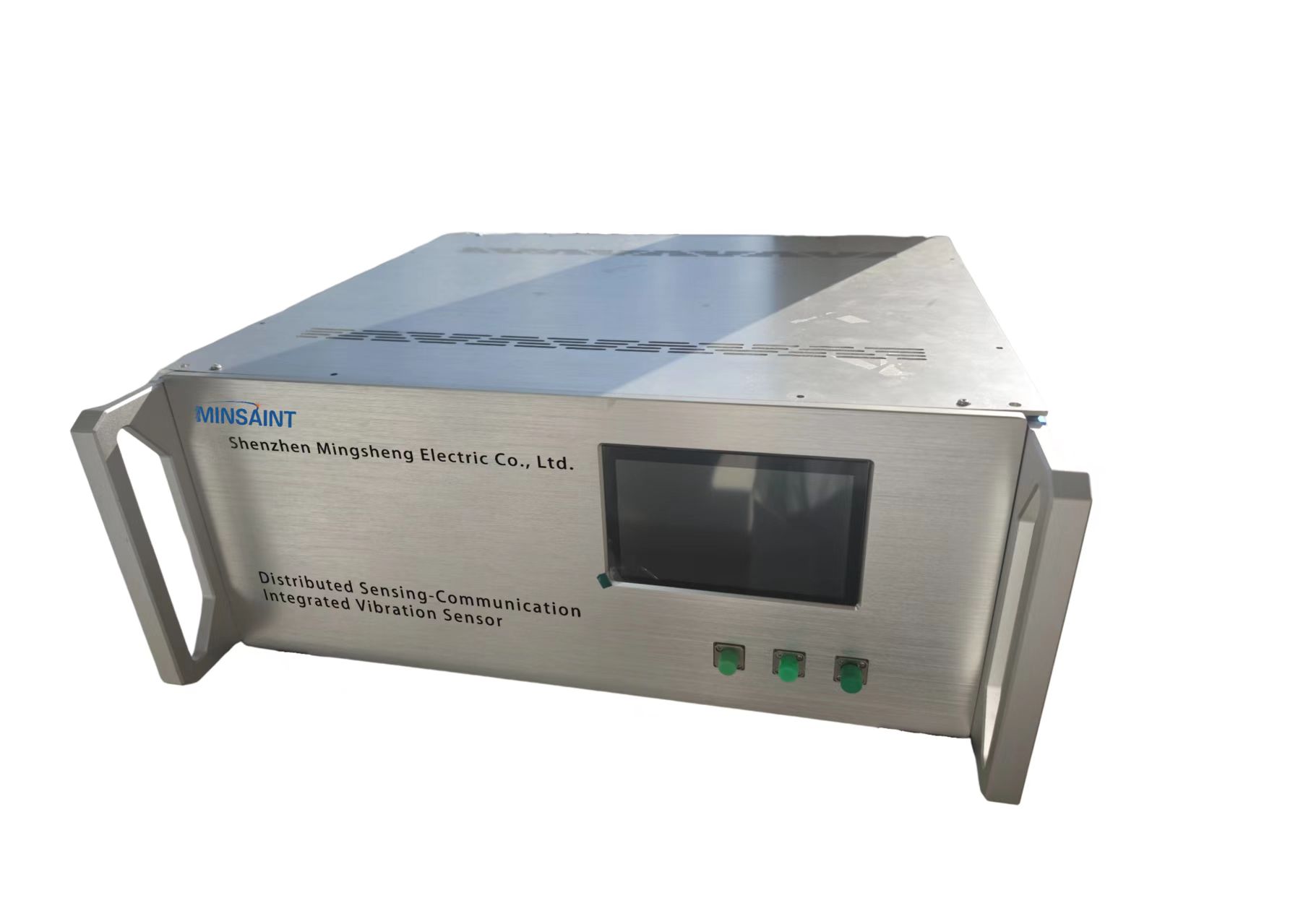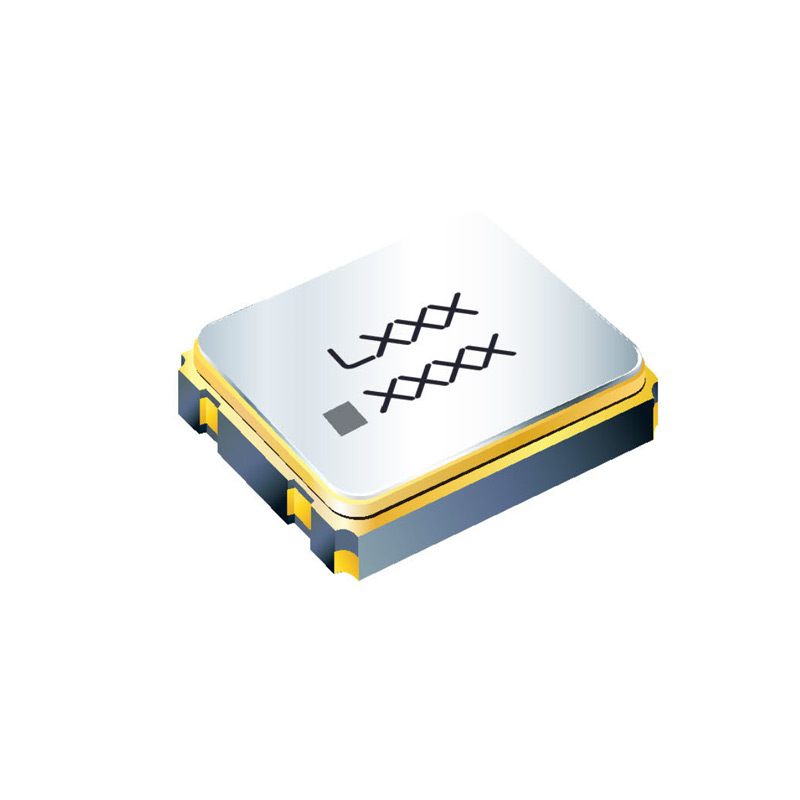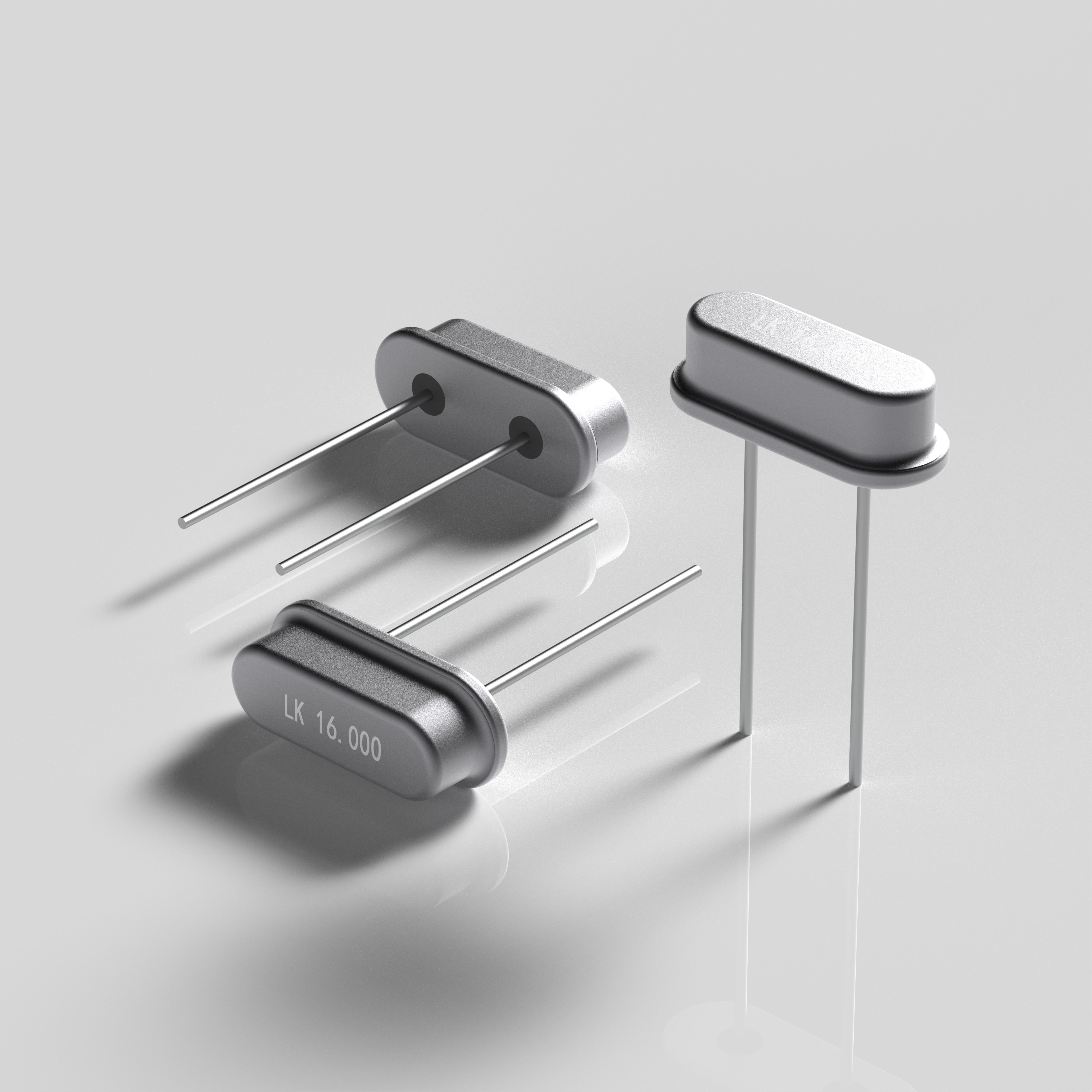Teaching the installation of oil cylinder displacement sensors
3 min readIn the intricate operations of modern manufacturing, the hydraulic cylinder displacement sensor is undoubtedly an indispensable component. It precisely captures the dynamic displacement of the hydraulic cylinder, providing critical data for the automation control system, thereby steadfastly maintaining the smoothness and safety of the production line. This article delves into the installation process and its pivotal steps of the hydraulic cylinder displacement sensor, aiming to assist you in successfully completing the installation and ensuring optimal equipment performance.
I. Pre-installation Preparation
Thorough preparation is the cornerstone for a successful installation of the hydraulic cylinder displacement sensor. The primary task is to comprehensively assess the structural characteristics and working environment of the hydraulic cylinder, ensuring that its sealability, applicable temperature, and pressure range meet the operational requirements of the sensor. Subsequently, gather all necessary installation tools and auxiliary materials, such as special fastening screws, sealing washers, and O-rings. The completeness of these preparations will provide a solid foundation for subsequent installation.
II. Accurate Selection of Installation Location
The installation location of the hydraulic cylinder displacement sensor must be carefully selected based on the actual application scenario. Generally, the sensor should be mounted on the side of the hydraulic cylinder, avoiding direct contact with the piston to prevent interference with its normal operation. At the same time, to ensure ease of operation and subsequent maintenance, the sensor should be located at least 10 centimeters from both ends of the hydraulic cylinder and within an easily accessible area of the machine.
III. Detailed Installation Steps
-
Cleaning: Before installation, thoroughly clean the contact surfaces of the hydraulic cylinder and sensor to remove any impurities and oil stains, enhancing the adhesion effect and measurement accuracy of the sensor.
-
Choice of Installation Method: Depending on the size of the hydraulic cylinder, working environment, and specific requirements, flexibly choose between mechanical fixation and magnetic fixation. Mechanical fixation is suitable for large hydraulic cylinders or scenarios requiring high stability, achieved through installation fixtures; while magnetic fixation is more suitable for small hydraulic cylinders and high-frequency operating environments, allowing for quick and secure installation using magnetic吸附devices.
-
Installing the Sensor:
-
Mechanical Fixation: Accurately fix the installation fixture to the hydraulic cylinder, ensuring no impurities at the connection point, and paying attention to the positioning of the sensor to prevent loosening or deviation.
-
Magnetic Fixation: Ensure the surface of the hydraulic cylinder is clean and free of impurities before attaching the magnetic adsorption device for fast and secure installation.
Wiring Connection: Following the sensor wiring diagram, accurately connect the power and signal cables, ensuring tight connections to avoid potential loosening or short-circuit risks.
Debugging and Calibration: After installation, conduct necessary debugging and calibration by comparing the sensor readings with actual hydraulic system measurements, and making fine adjustments as needed to ensure the accuracy and reliability of the sensor.
IV. Installation Precautions
-
Sensor Inspection: Before installation, ensure the sensor is intact and undamaged to avoid installation failure or resource waste due to defective products.
-
Direction Confirmation: Pay attention to the direction of the sensor during installation to ensure it can be flexibly adjusted and calibrated to meet measurement requirements under different working conditions.
-
Seal Verification: After installation, carefully inspect all sealing parts to ensure no oil leakage, maintaining stable system operation.
-
Regular Maintenance: During equipment operation, regularly check the performance parameters and working status of the sensor, promptly discovering and resolving potential issues while maintaining its cleanliness and good maintenance to extend its service life.
Magnetostrictive displacement sensor
https://www.tectransducer.com/
TEC



